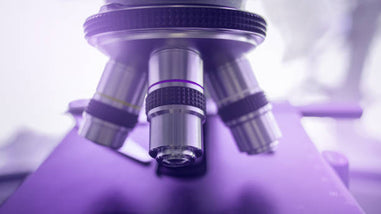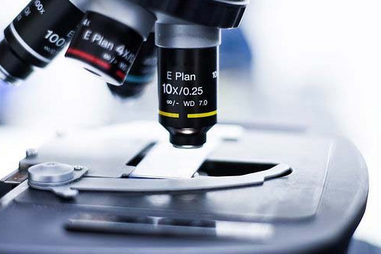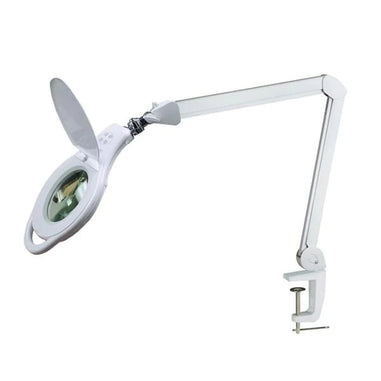- No products in the cart.
We are living in the 21st century – the age of science and technology. And a microscope is one of the byproducts of technological advancement that has been a boon for us. From pathology labs and forensic settings to chemical laboratories and educational centers, a microscope is used in several ways for several different purposes.
What is a Compound Light Microscope?
The term ‘compound’ refers to the fact that this microscope has more than one lens. Typically, it has two optical components: the objective lens and the ocular lens.
The word ‘light’ refers to the process by which light transfers the image to your eye. A compound light microscope has a light source of its own at its base. Considering this, it is also known as a ‘bright field microscope’.
Before we move on to the pros and cons of a compound light microscope, let’s discuss its core specifications.
Magnification
Magnification is defined as the ability to view an object larger than its original size. However, a good magnifying power alone is not enough to produce a good image. It is also important to have an increased amount of specimen detail.
When using a compound light microscope, the magnification of the specimen under study is the eyepiece magnification times the magnification of the objective lens. Typically, the magnifying power of the objective lens is 4x, 10x, or 40x and while that of the eyepiece is 10x.
Resolution
The high resolving power of a microscope allows you to see the valuable precise details of a specimen that can otherwise be not viewed by the naked eye. Thus, a resolution is the ability to measure the separation of specimens that are put close together.
While the resolving power of a compound light microscope greatly relies on the quality of its optical lens, the wavelength distance of the light used is important. That being said, a shorter wavelength usually offers a greater resolution.
The Working Distance
When it comes to using a compound light microscope, it is critical to take the working distance of the objective lens into consideration. Typically, the objective lens has the shortest working distance and so, you should be very careful with its handling.
It is important to note here that when you are working at a low magnification, the working distance is longer. With an increase in the magnifying power, the distance reduces. If you are not careful of the reduction of the working distance while increasing the magnification power, the damage will be inevitable. 
Image Text: Meiji compound microscope
Alt text: a compound light microscope
Image Description: Meiji MT4200LV 40X-1000X high-quality compound light microscope on white background
The Uses of a Compound Light Microscope
You can view the following objects with a compound light microscope:
Using a Stained Prepared Slide:
With a stained slide, you can easily view bacteria, organelles, chromosomes, blood, metazoans, smears, negatively stained bacteria, and thick tissue layers.
Using an Unstained Wet Slide:
Unstained wet mounts are used for living preparations. With this, you can view pond water, metazoans, and plant cells, such as algae.
Usually, when you are trying to view a smaller specimen, the chances of distortion are higher.
And it becomes even more challenging when you don’t use natural pigmentation, as it may help you view the object clearly by providing some contrast.
Pros and Cons
The following are the pros and cons of a compound light microscope.
Pros:
- A compound light microscope is very easy to use and handle
- It is compact and thus, easy to store
- It is an invaluable tool in the field of biological sciences and medicine
- It allows you to view live samples of specimen
- It is less expensive as compared to an electron microscope
Cons:
- The magnifying power of a compound light microscope is limited to 2000 times
- Certain specimens, such as viruses, atoms, and molecules can’t be viewed with it
The Limitations
As far as the limitations of a compound light microscope are concerned, one challenge might be the contrast. The idea is that the brightness of the image as seen by your eye depends on how much of your pupil area is filled with light. Now when you place your eye on the eyepiece of a compound light microscope, only a small part of your pupil will be filled with light. Therefore, the level of illumination that you experience while observing a specimen under a compound light microscope is never the same or more than the natural brightness of the specimen itself.
Moreover, the resolution of an object under a compound light microscope is not always accurate. Just because it makes the object appear bigger doesn’t mean it will be a clear image.
It is also mention-worthy that the lenses of these microscopes may get dirty and blurry over time if not cleaned and maintained properly.
For over 40 years, Lab Pro has been committed to delivering a complete laboratory solution by offering the highest quality products, chemicals, reagents, microscopes and imaging equipment for our customers worldwide. Come visit the biggest Lab Supply showroom in California, or contact us online or at 888-452-2776.












































